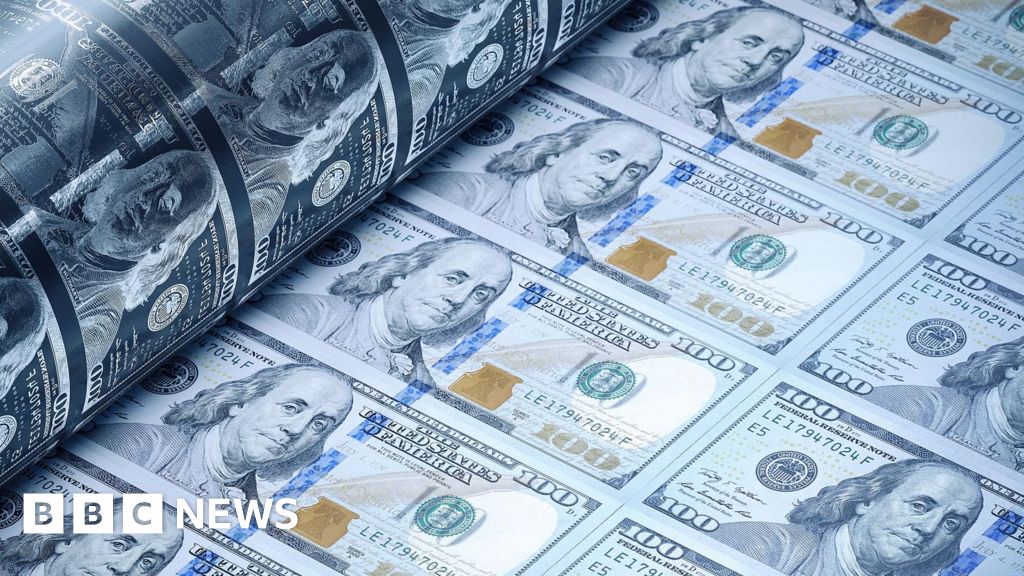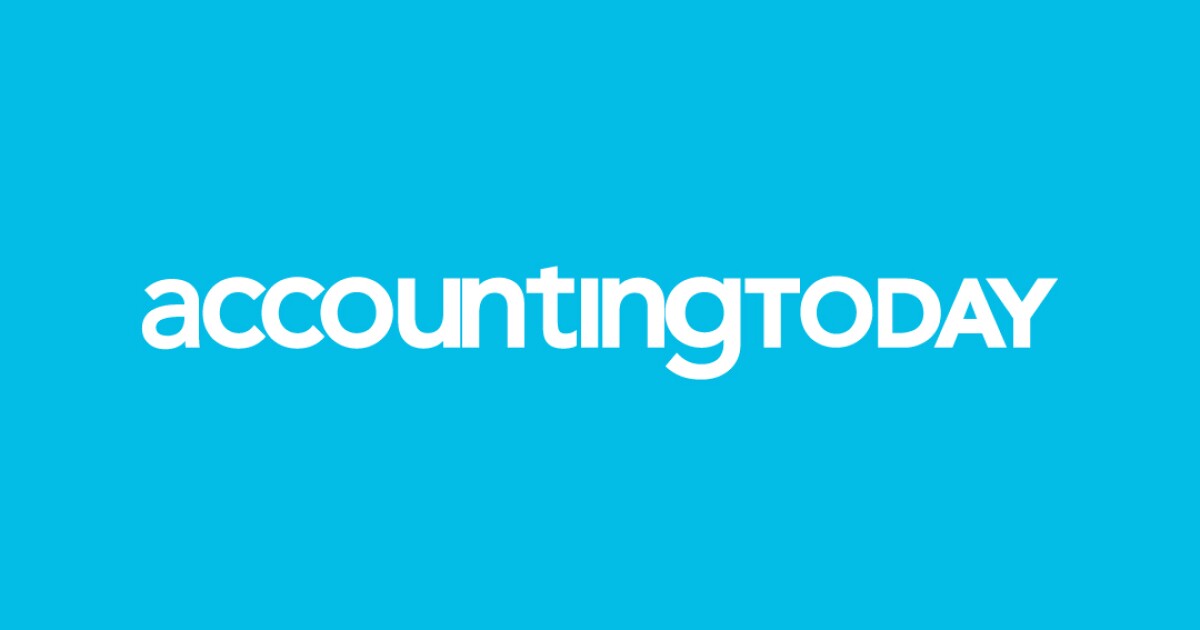Stay informed with free updates
Simply sign up to the US interest rates myFT Digest — delivered directly to your inbox.
US inflation is forecast to have resumed its downward trend in October, falling for the first time in three months in what would be an encouraging sign for the Federal Reserve.
Consumer prices are expected to have risen 3.3 per cent year on year in October, according to economists surveyed by LSEG, down from an annual rate of 3.7 per cent in September. Prices are predicted to have inched up 0.1 per cent month on month, which if accurate would be the smallest increase since May.
Such a decline would be welcome news for policymakers at the Fed after surging energy prices drove up headline inflation over the summer. The central bank held its benchmark interest rate steady at a 22-year high earlier this month, and investors have become increasingly confident that rates have peaked.
Futures markets on Monday afternoon were pricing in a 13 per cent chance of a further rate rise at the Fed’s next rate-setting meeting in mid-December.
However, sticky core inflation — which strips out volatile food and energy prices — is expected to have remained steady at 4.1 per cent year on year in October, and to have risen by 0.3 per cent month on month.
The strength in the core inflation numbers, if confirmed, will provide a reminder of why officials have been reluctant to say that interest rates have become “sufficiently restrictive” to beat inflation back towards the central bank’s 2 per cent target.
Fed chair Jay Powell stressed last week that policymakers would not be “misled by a few good months of data”, and that the central bank could tighten monetary policy further if necessary, although officials have shown little intention of immediately raising rates beyond the current range of 5.25-5.5 per cent.
Stronger-than-expected gross domestic product growth has fanned fears that the slowdown in inflation could stall, but Powell said last week that he and his colleagues expected the pace of economic expansion to slow.
Instead of another rate rise, the Fed is increasingly expected to push back the timing of rate cuts deeper into 2024 if consumer prices remain stubbornly high.
One potential hitch is that more confidence over the economy could push down Treasury bond yields, in turn driving down the cost of capital for companies, thereby triggering another rise in inflation.
Tightening financial conditions in equity and bond markets earlier in the autumn had been welcomed by Fed officials, who said they could negate the need for another rate rise. But that optimism boosted markets, causing conditions to loosen again and leading some investors to warn of an “endless loop”.
“We’re going to continue to need to see tight financial conditions in order to bring inflation to 2 per cent in a timely and sustainable way,” Lorie Logan, president of the Dallas Fed and a voting member on the Federal Open Market Committee, said last week.
Credit: Source link











